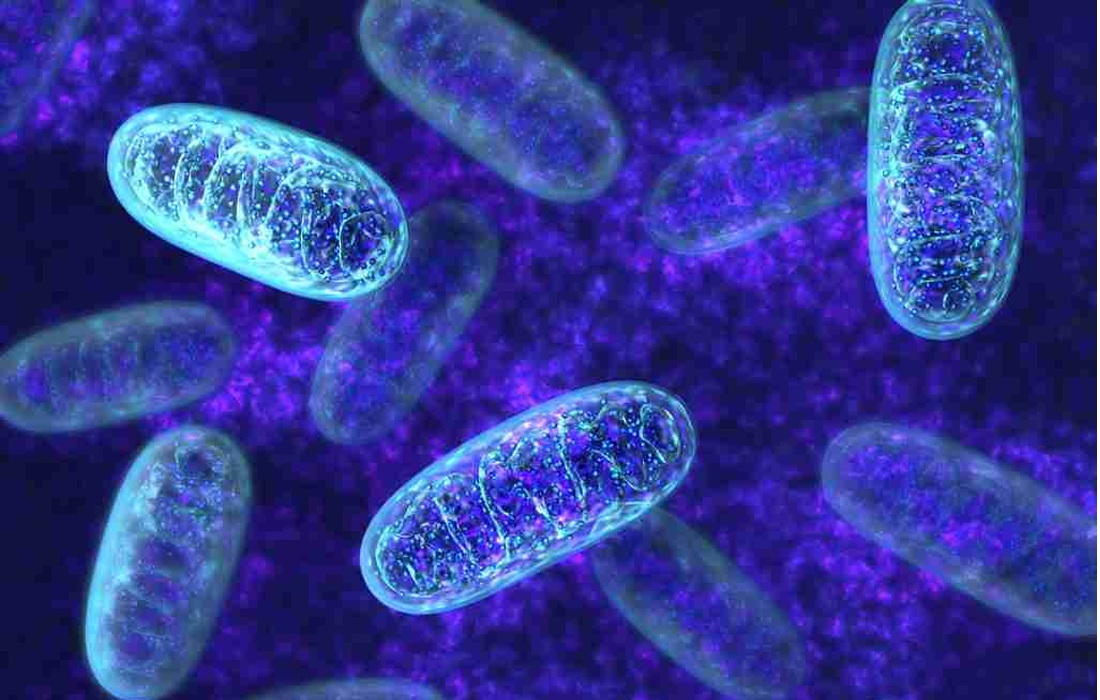Regenerative Medicine News and General Information
Mitochondrial Dysfunction and Age-Dependent Cognitive Disorders
The increase in oxidative stress causes damage to the central nervous system and is linked to neurodegenerative disorders such as Alzheimer’s disease (AD). The pathophysiology of AD has been widely investigated. However, the relationship between mitochondrial dysfunction and the disease remains largely unknown.
In a recently published study, researchers from Japan’s Shibaura Institute of Technology have confirmed that AD progression is linked to oxidative brain damage, which causes an impairment in cognitive function in AD. The team used a mice model to perform their study. and the results were published in the journal Biomedicines.
Our brain is particularly susceptible to reactive oxygen species (ROS) since it uses more oxygen than other organs. These ROS are produced during a process called mitochondrial electron transport chain, which is required to generate energy in cellular processes, and can attack tissue and cause oxidative damage. These ROS cause a buildup of amyloid-β (Aβ), which marks the onset of AD.
The researchers collected tissue samples from various parts of the brain of mice and assessed the levels of oxidative markers in the samples. They found that AD mice had higher levels of Aβ, with a gradual increase with age.
Then they determined the levels of mitochondrial oxidative enzymes, including nicotinamide-nucleotide adenylyltransferase (NMNAT)-3, which exhibits anti-ageing effects. While NMNAT-3 was found to be lowered, levels of 3-NT (3-nitrotyrosine), an indicator of higher oxidation, increased with age in AD mice.
Their results showed that oxidation causes mitochondrial dysfunction and that leads to cognitive dysfunction. The team believes this could have potential implications, such as increasing the intake of antioxidant compounds to help our dobies mitigate this ROS.
Source:
Shibaura Institute of Technology. “Study reveals likely link between mitochondrial dysfunction and age-dependent cognitive disorders.” ScienceDaily. ScienceDaily, 14 February 2022. <www.sciencedaily.com/releases/2022/02/220214095824.htm>.
Image from:

